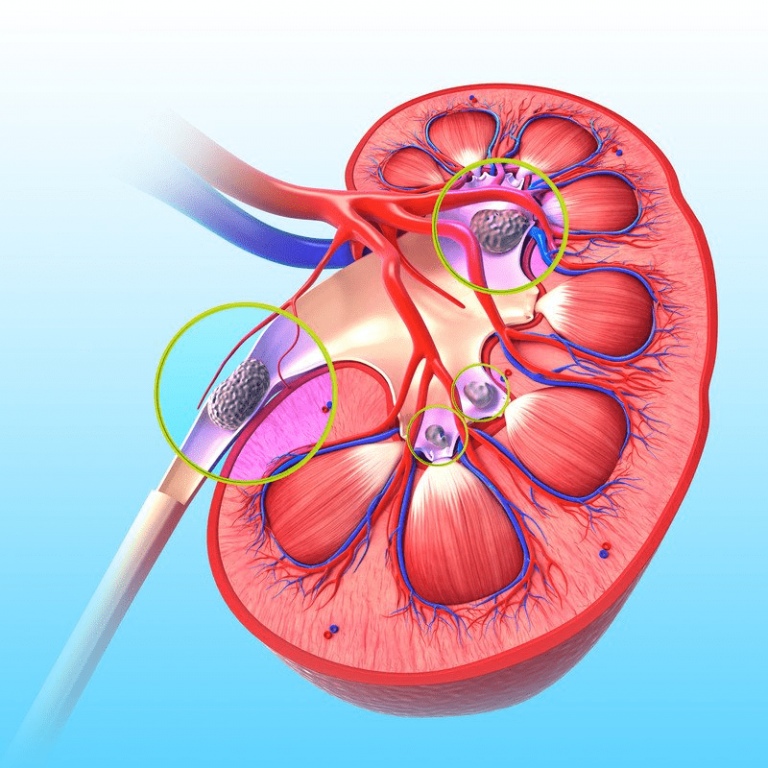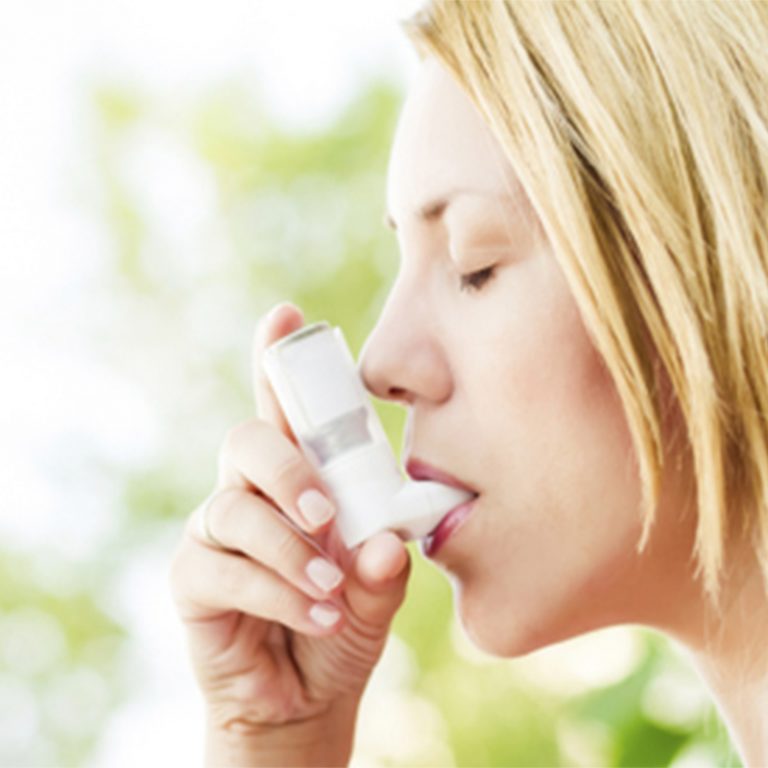Women’s Reproductive Detox
Effectively Detoxify Your Yoni with Ayurveda
Do you ever get an itch on the days leading up to your period? Have you noticed a foul-smelling discharge that just keeps coming back? Or does your yoni generally feel dry, achy and overly sensitive? If so, a reproductive infection or inflammation has most likely crept up on you. If left untreated, it may result in complications and even compromise your entire reproductive system.

Knowing the cause behind your symptoms is key to treating and detoxifying your reproductive organs. A women’s mental and emotional state can greatly impact these organs and their functions. Her diet and day-to-day lifestyle can also wreak havoc down there, leading to dryness, soreness and even bacterial infection (Vaginosis or BV) or fungal overgrowth (Candidiasis or commonly “Thrush”), which is the case for 1 in 10 Australian women at least once in their life.
But when is a detox absolutely necessary? And which treatments work?
Why Modern Treatments for Women Don’t Work
Treating conditions such as vaginal infections and uterine inflammations may be a little trickier than you think.
Most women will either rush to the doctor’s office or opt for an over-the-counter treatment from the chemist’s. These kind of treatments aim to wipe out all bacteria and/or fungi from your body, even the ones your pH needs in order to remain balanced.

Some women, no matter what they do, will have to face the same aggravating infection several times in their life, proving that conventional medicine is neither adequate nor effective. Even in milder cases of vaginal dryness and irritation, a hydrating gel will become a dependency rather than a therapeutic agent. The over-usage of such treatments will ultimately lead to the need of a proper detox and rejuvenation.
Signs You Need a Reproductive Detox
A woman’s reproductive system is detoxified every month through menstruation. But some women do not menstruate properly or at all, while others accumulate toxins during menstruation or have other underlying reasons for infections to keep revisiting them (think hormonal imbalances, chronic stress, and immune system problems). In such cases, the process of womb cleansing gets hampered. When a vaginal or uterine condition is present, and particularly if it is recurrent and tolerant to your usual treatment, a vaginal or uterine detox may be required.
Some signs reinforcing this may be present, such as:
 Smelly discharge
Smelly discharge- White (odourless) cottage cheese-like discharge
- Grey or yellow discharge
- Imbalance of vaginal pH
- Vaginal itch
- Swollen, red, itchy labia
- Mental cloudiness
- Emotional outbreaks
- Uterine fibroids or cysts
- Polycystic Ovarian Syndrome (PCOS)
- Stinging sensation when urinating
- Stinging, pain or sensitivity during intercourse
A vaginal or uterine detox or womb cleansing done the natural Ayurvedic way will not only flush out any pathogens and toxins while keeping your healthy flora intact, it will also tonify your reproductive organs and leave you feeling energised inside-out.
But how is a vaginal or uterine detox done?
Ayurvedic Uterine and Vaginal Detox
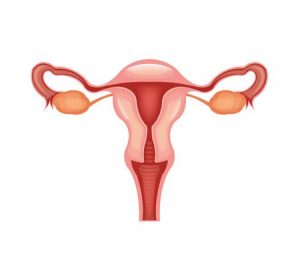 In our YATAN Holistic Ayurvedic Centre, we have been successfully helping patients detox through Panchakarma for two decades. Panchakarma is a popular Ayurvedic rejuvenation experience that can be tailored for you only by a professional Ayurvedic practitioner. In the case of your precious yoni, you may be treated externally or internally, depending on the underlying cause of your Ama (toxin) Accumulation. Through the process of Panchakarma, the removal of such toxins may lead to womb cleansing.
In our YATAN Holistic Ayurvedic Centre, we have been successfully helping patients detox through Panchakarma for two decades. Panchakarma is a popular Ayurvedic rejuvenation experience that can be tailored for you only by a professional Ayurvedic practitioner. In the case of your precious yoni, you may be treated externally or internally, depending on the underlying cause of your Ama (toxin) Accumulation. Through the process of Panchakarma, the removal of such toxins may lead to womb cleansing.
Once the root of the problem is identified, your Ayurvedic practitioner will recommend and carry out one or more of the following:
Uterine Detox
A uterine detox aims to internally detoxify and tonify the uterus. A uterine detox may be required if you have a deep, chronic inflammation or infection within the uterine membrane. Ayurvedic herbs are most commonly recommended in our practice such as Punarnawa, Gokshura and Manjistha. These would need to be taken internally. These herbs may also be helpful in uterus cleaning.
Vaginal Detox
A vaginal detox focuses on the external reproductive organs and whatever symptoms they are presenting. Your vagina, clitoris, major and minor labia, and pubic area make up these organs, but your urethra and anus also play a role in the spreading of toxins and pathogens, and must therefore also be addressed.
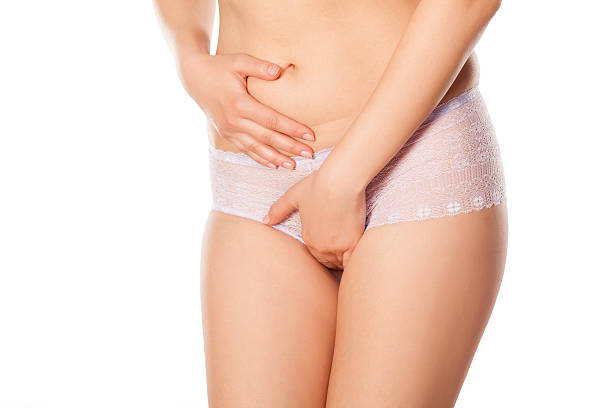
Your Ayurvedic practitioner may recommend:
- An Ayurvedic herbal enema. The herbal concoction we use in our practice is the multi-beneficial and highly therapeutical Triphala, known for its anti-inflammatory and cancer-preventive properties. Triphala will deeply detoxify the uterine lining, alkalise and tonify it.
- Vaginal massage. This would be done with an Ayurvedic oil to nourish the skin. This will assist with circulation and regulating pH balance.
Reproductive Detox Self-Help Tips
Your detox experience does not end at the Ayurvedic Clinic. Implementing self-care tips at home may be recommended but also necessary to ensure the optimal health of your yoni and overall reproductive system. Tips our practitioners recommend include:
- Go Gluten-Free. If you have a yeast infection, then you should put two and two together and steer away from products containing yeast! Luckily, there are various gluten-free alternatives on the market today.
- Drink herbal teas that are known to benefit reproductive health and hormonal imbalances such as Dandelion tea, Peppermint tea and Spearmint tea.

- Go for alkaline greens like spinach, kale and green salads when it comes to dealing with any kind of inflammation or infection.
- Go sugar-free, as this will encourage your body to heal and properly detox while preventing any recurrent fungal or bacterial overgrowth. Cheese must also be avoided.
- Practise Yoga poses such as Shankhaprakshalana (Master Cleansing) for a full-body detox experience as well as 100 rounds of Ashwini Mudra. For those untrained in Yoga, you can sign up for our Online Yoga Course.
- Use natural suppositories by dipping a tampon into either probiotic yoghurt (for thrush) or a mix of water and apple cider vinegar (for BV) and inserting it into your yoni. Coconut oil can also be used internally and externally, as it is a powerful natural antibiotic!
Looking for a customised, all-natural and drug-free way to detox your reproductive organs? Contact us for a free no-obligation Ayurveda consultation today about uterus cleaning.
Frequently Asked Questions
How to treat BV in Ayurveda
The treatment of BV (Bacterial Vaginosis) is based around the balance of doshas and detoxification of the uterus and the vagina. Herbal remedies such as Punarnawa, Gokshura, and Manjistha may be given, and lifestyle modifications may be suggested after an individual’s checkup by an Ayurvedic practitioner.
What is the Ayurvedic method of detox?
The Ayurvedic method of detox includes Panchakarma. It is a five-step process that includes Vamana (emesis), Virechana (purgation), Basti (enema), Nasya (nasal administration), and Raktamokshana (bloodletting). It purifies the body by removing accumulated (ama) toxins.
How do you detox your uterus?
In Ayurveda, uterus cleaning or detoxification involves procedures like Uttar Basti or vaginal enemas using multi-beneficial and highly therapeutic Triphala, which helps in balancing the doshas in the reproductive system and alkalizing and tonifying it.
What are the signs of a damaged uterus?
Signs of a damaged uterus can include heavy or irregular periods, severe menstrual cramps, chronic pelvic pain, pain during intercourse, and difficulty getting pregnant.
What foods clean the uterus?
Foods like pomegranate, turmeric, ginger, beetroot, leafy greens, flaxseeds, and berries may help in uterus cleaning by reducing inflammation and promoting healthy circulation. It is still recommended to get an Ayurvedic consultation and consume a certain fruit according to your needs and dosha type.
How can I make my uterus healthy naturally?
A balanced diet, regular exercise, adequate hydration, avoiding toxins like alcohol and tobacco, practising stress-relieving techniques like meditation, and consuming herbs like gokshura can promote a healthy uterus.
Is there any Ayurvedic medicine for the uterus?
Yes. There are Ayurvedic medicines for the uterus made up of herbs like Punarnawa, Gokshura, and Manjistha. But it is recommended to start any medicine after an Ayurvedic consultation with us. You can call the above-given number.
Which Ayurvedic medicine is best for uterus health?
Ashokarishta is often recommended for various uterine disorders, including heavy menstrual bleeding and pain. However, the ‘best’ medicine depends on the specific condition and individual constitution.
Which yoga is best for the uterus?
Poses like Butterfly Pose (Baddha Konasana), Bridge Pose (Setu Bandha Sarvangasana), and Cobra Pose (Bhujangasana) are considered best for the uterus.
What herbs promote a healthy uterus?
Herbs like shatavari, triphala, gokshura and manjistha promote healthy uterus. However, it’s crucial to consult with a qualified Ayurvedic practitioner or a healthcare professional before starting any treatments or remedies.
All information and resources referenced in this article, including medicinal preparations, exercise and dietary recommendations, are based on the opinion of the author. All content is intended to inform and encourage the reader to seek professional advice if the aforementioned conditions and symptoms are present. No information in this article should be considered a diagnosis or prescription.

*Discover holistic healing with a complimentary phone or video consultation from our expert Ayurvedic practitioner. Start your path to better health today!*








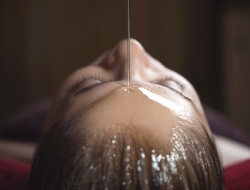






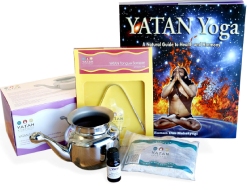

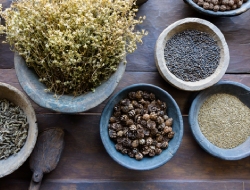



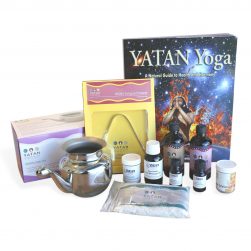

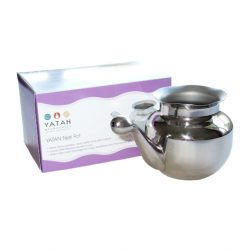

 Smelly discharge
Smelly discharge

